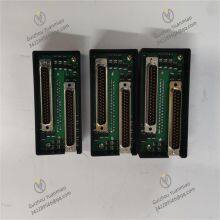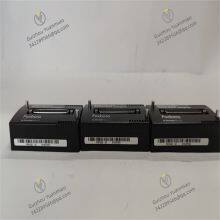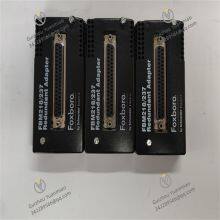Foxboro FBM218/237 P0916QD Communication Redundant Output Interface Module

Send Inquiry to This Supplier
You May Also Like
-
Foxboro FBM204 P0914SY I/O ModuleNegotiableMOQ: 1 Piece
-
Foxboro FBM205 P0914XG 8-Channe I/O Interface ModuleNegotiableMOQ: 1 Piece
-
Foxboro FBM206 P0916CQ Pulse Input ModuleNegotiableMOQ: 1 Piece
-
Foxboro FBM207 P0914TD Discrete Input Interface ModuleNegotiableMOQ: 1 Piece
-
Foxboro FBM208 P0914TB Discrete Output Interface ModuleNegotiableMOQ: 1 Piece
-
Foxboro FBM211 P0914TN Discrete Input ModuleNegotiableMOQ: 1 Piece
-
Foxboro FBM212 P0914XL Interface ModuleNegotiableMOQ: 1 Piece
-
Foxboro FBM214 P0922VT HART Communication Input Interface ModuleNegotiableMOQ: 1 Piece
-
Foxboro FBM215 P0917TQ HART Communication Output ModuleNegotiableMOQ: 1 Piece
-
Foxboro FBM216 P0917TN I/O ModuleNegotiableMOQ: 1 Piece













































